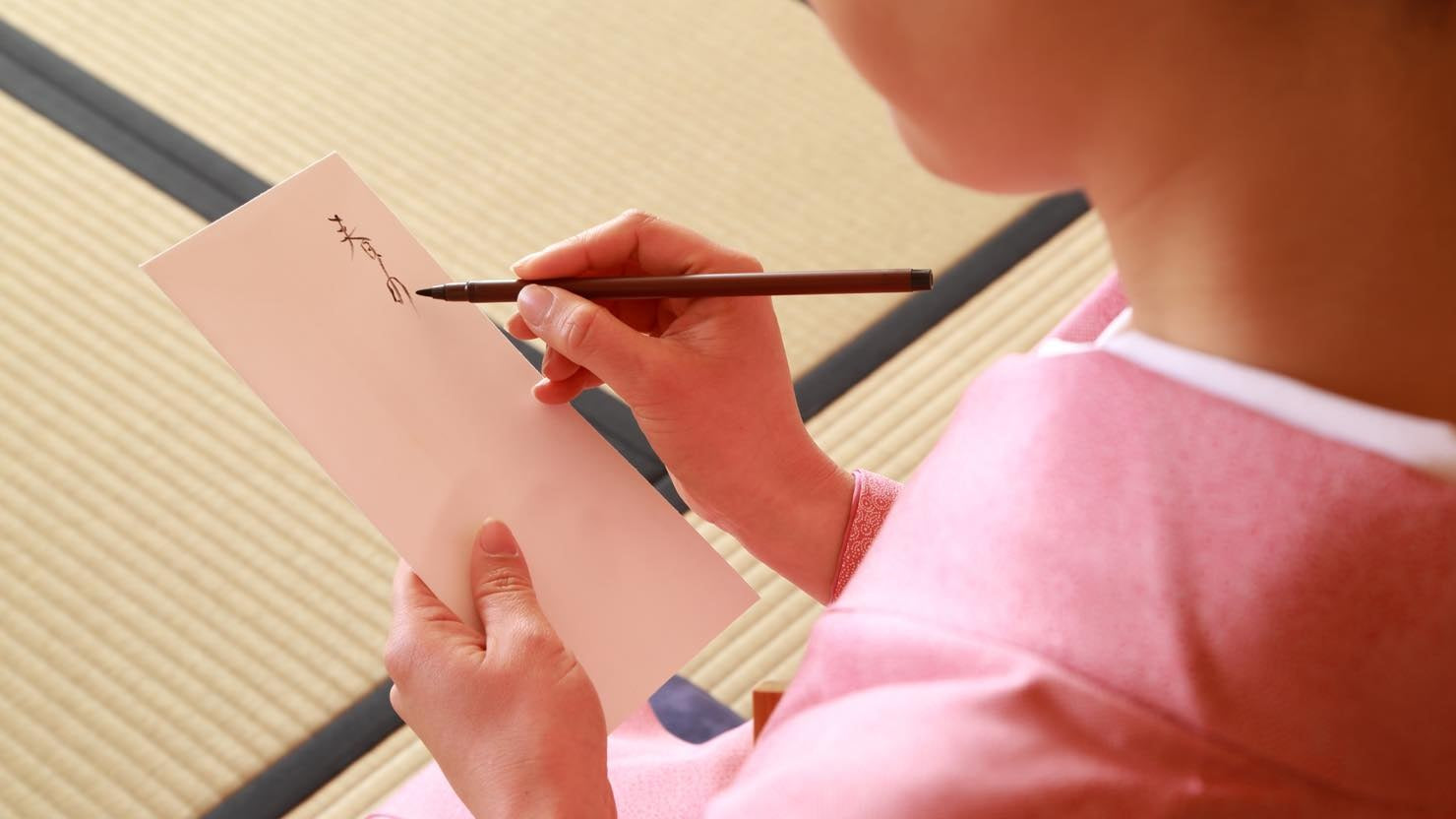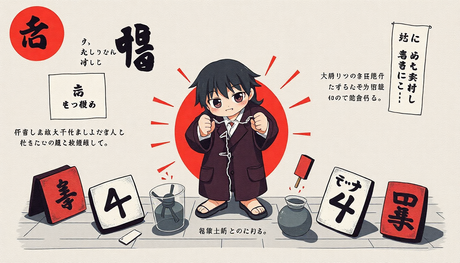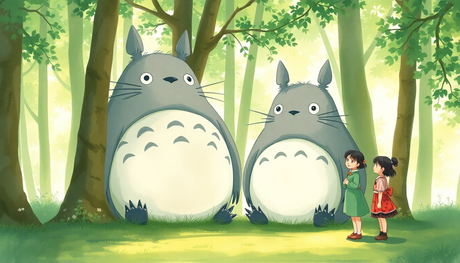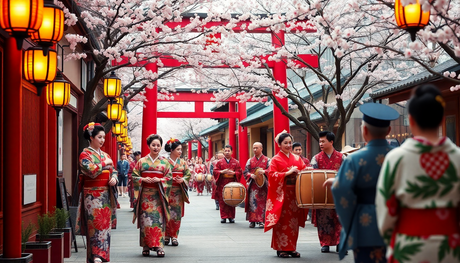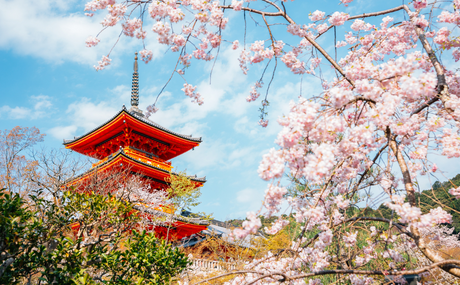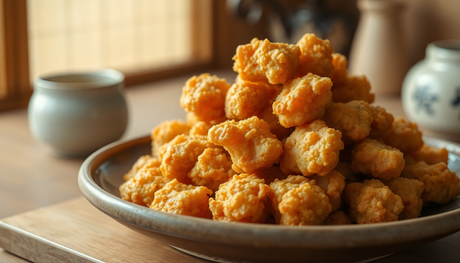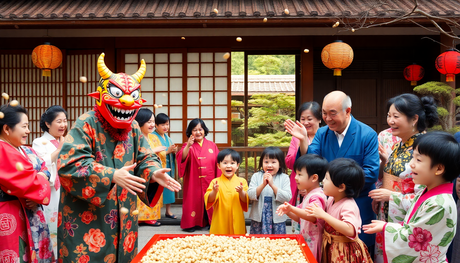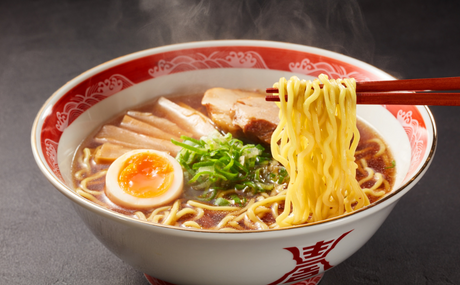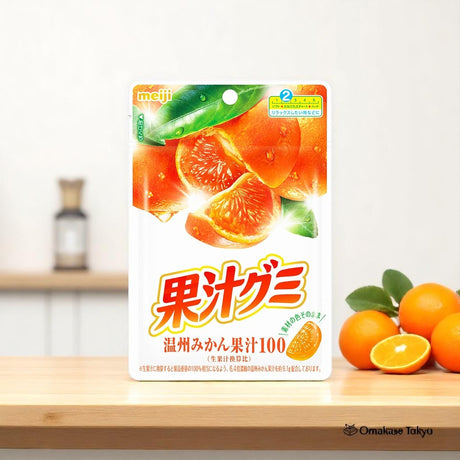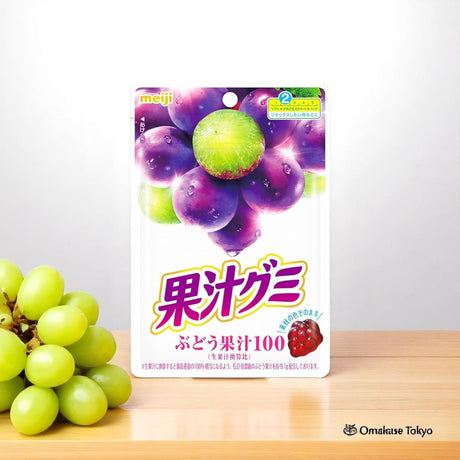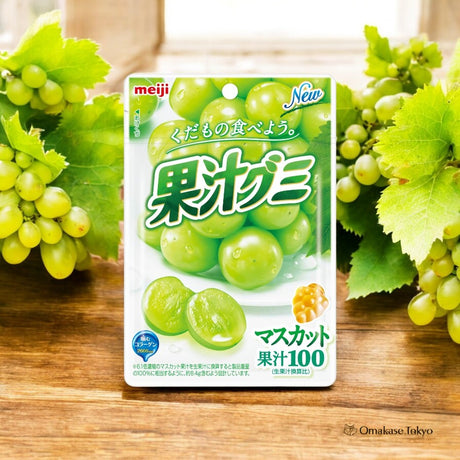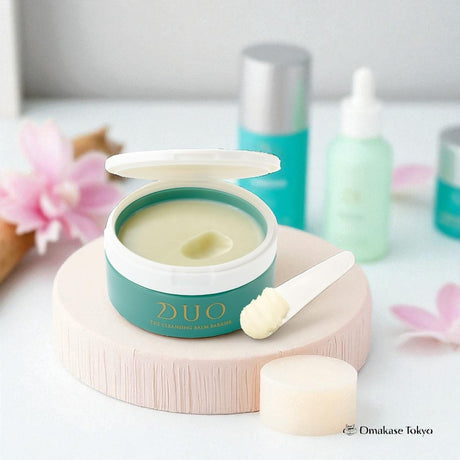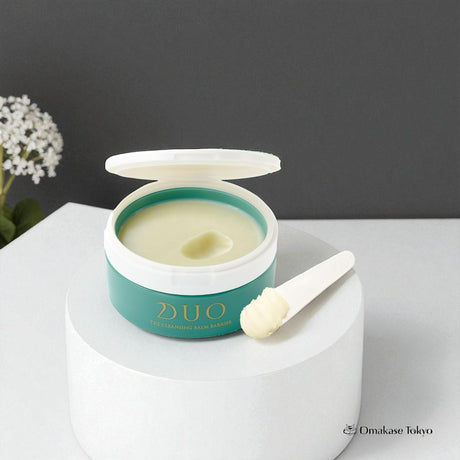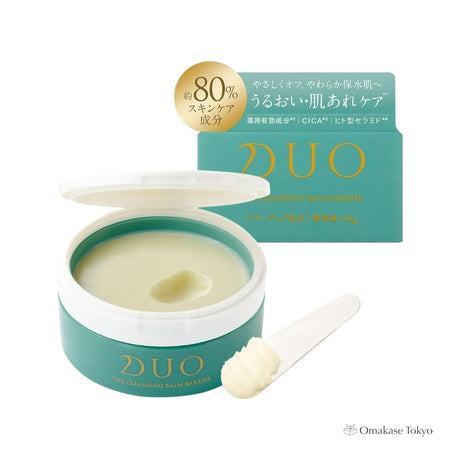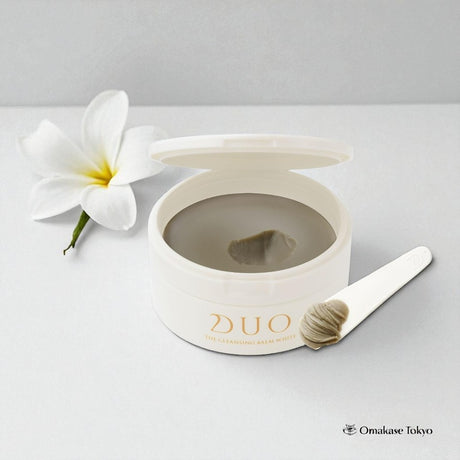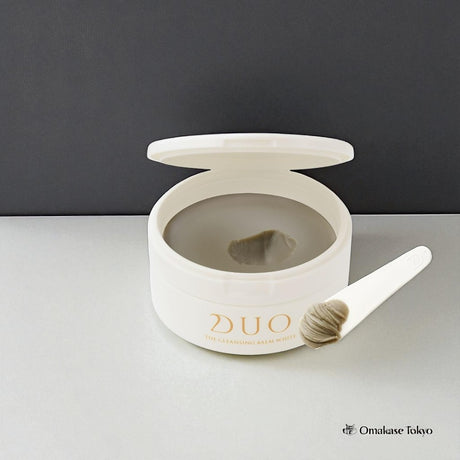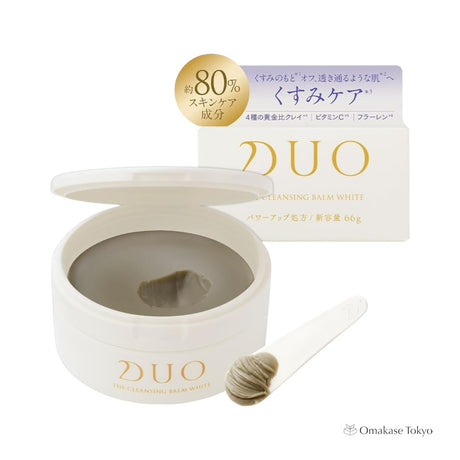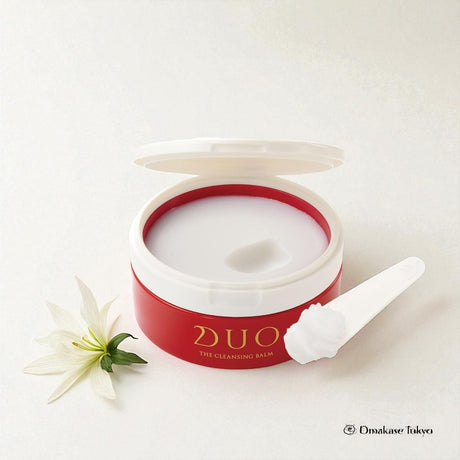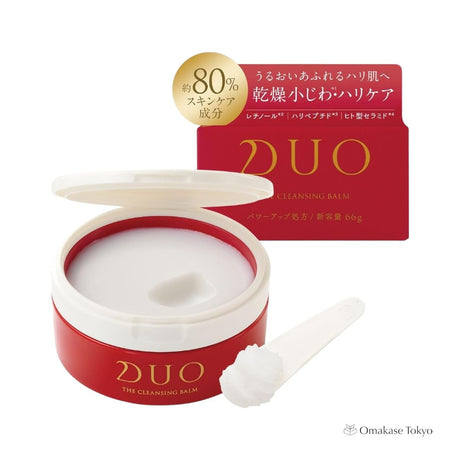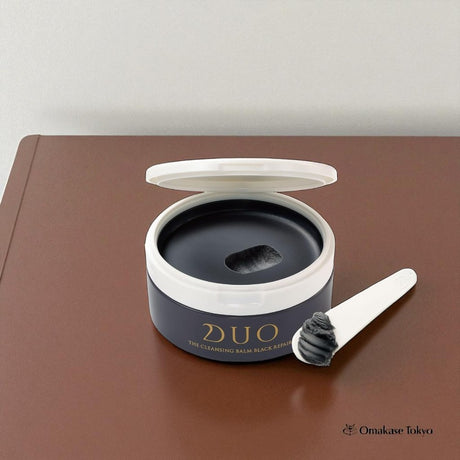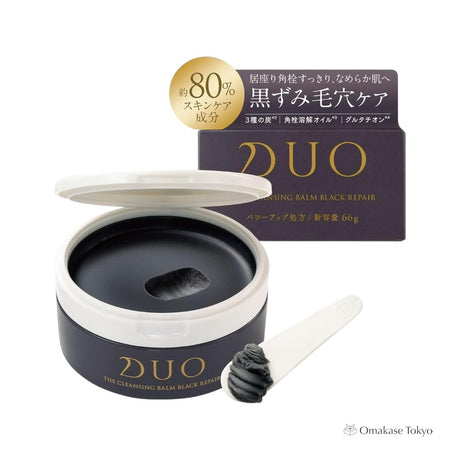Haiku, the concise and evocative form of Japanese poetry, holds a revered place in the world of literature. With its origins deeply rooted in Japanese culture, Haiku captures moments of beauty, emotion, and nature in just three lines. Despite its brevity, this form of poetry carries profound depth, making it a timeless expression of human experience.
The Structure of Haiku
Haiku is traditionally composed of 17 syllables, divided into three lines following a 5-7-5 syllable pattern. This strict form challenges the poet to convey a powerful image or emotion within a very limited framework. The simplicity of Haiku belies its complexity, as each word must be carefully chosen to create layers of meaning, often leaving much to the reader's interpretation.
A classic Haiku often includes a "kigo," or seasonal word, which indicates the time of year and evokes the natural world. The use of kigo is essential in connecting the poem to nature, reflecting the deep relationship between humans and the environment in Japanese culture. Additionally, Haiku traditionally features a "kireji," or cutting word, which provides a pause or adds emphasis, creating a subtle shift in tone or perspective within the poem.
The Historical Roots of Haiku
Haiku evolved from an earlier form of collaborative linked-verse poetry called "renga," where poets would take turns composing verses. The opening stanza of a renga, known as the "hokku," eventually developed into the standalone form of Haiku during the Edo period (1603-1868). This transformation was largely influenced by the renowned poet Matsuo Basho (1644-1694), who is considered the father of Haiku.
Basho elevated Haiku from a light-hearted verse to a serious and profound art form. His works, such as the famous Haiku:
"An old silent pond...
A frog jumps into the pond,
splash! Silence again."
exemplify the ability of Haiku to capture a fleeting moment with deep resonance. Basho's emphasis on simplicity, clarity, and a deep connection to nature set the standard for future Haiku poets.
The Essence of Haiku: Capturing Moments
At the heart of Haiku is the concept of "sabi," which can be translated as "the beauty of natural aging" or "the beauty of impermanence." Haiku often reflects this aesthetic, focusing on moments that are transient, delicate, and reflective of the passage of time. The brevity of Haiku mirrors the fleeting nature of these moments, making each poem a snapshot of an experience that cannot be fully captured but only hinted at.
Another important concept in Haiku is "wabi," which relates to simplicity and the appreciation of understated beauty. Haiku often finds profundity in the ordinary, elevating everyday scenes into poetic expression. Whether it’s the sight of cherry blossoms in spring or the sound of a distant bell at dusk, Haiku seeks to find meaning in the seemingly mundane.
Haiku in Modern Times
While Haiku remains deeply rooted in its traditional form, it has also evolved and adapted over time. Modern Haiku often breaks from the strict 5-7-5 syllable structure, allowing for more flexibility in expression. Poets continue to experiment with the form, blending traditional elements with contemporary themes and perspectives.
Haiku has also gained popularity outside of Japan, influencing poets and writers around the world. The universal appeal of Haiku lies in its ability to transcend language and culture, speaking to the shared human experience. English-language Haiku, while often deviating from the traditional syllable count, still embraces the spirit of simplicity, immediacy, and a deep connection to nature.
The Practice of Writing Haiku
Writing Haiku is both an art and a meditative practice. It encourages mindfulness and attentiveness to the present moment, as poets must observe the world around them with a keen eye and an open heart. The process of crafting a Haiku involves distilling an observation or emotion into its essence, capturing the moment in a way that resonates with both the writer and the reader.
For those new to Haiku, starting with a focus on nature or the seasons can be a helpful way to connect with the traditional roots of the form. Paying attention to small details—a falling leaf, a bird’s song, or the play of light on water—can provide inspiration for a Haiku that encapsulates a moment of stillness or change.
Try making one for yourselves
Haiku is a poetic form that embodies the essence of Japanese aesthetics—simplicity, nature, and the fleeting beauty of life. Its enduring appeal lies in its ability to evoke deep emotions and vivid imagery in just a few words. Whether rooted in tradition or exploring new frontiers, Haiku continues to inspire poets and readers alike, offering a timeless way to connect with the world and find meaning in the smallest of moments.

